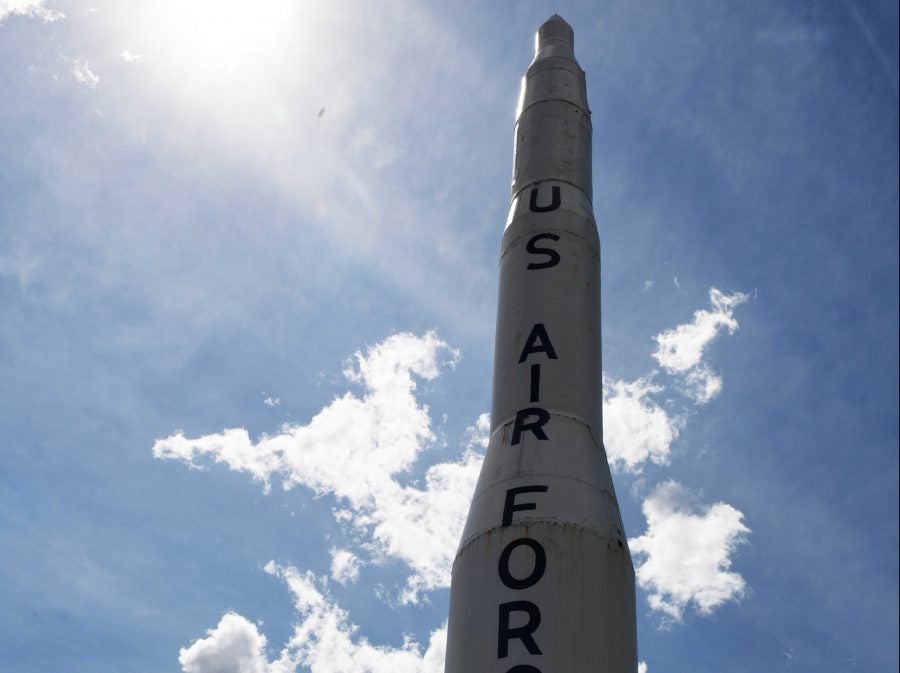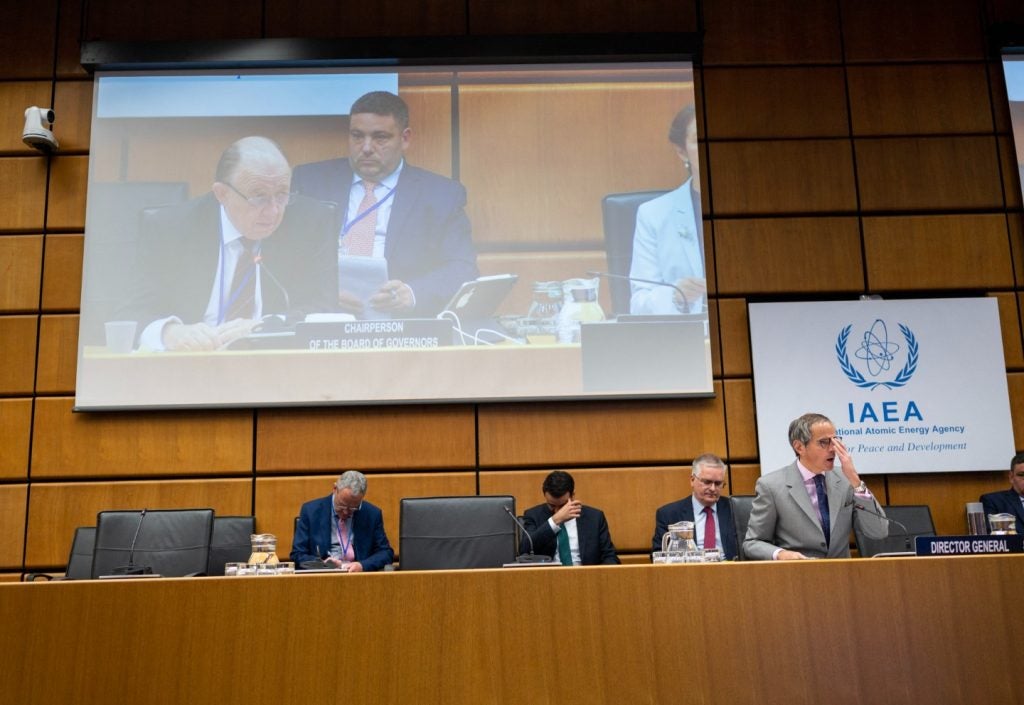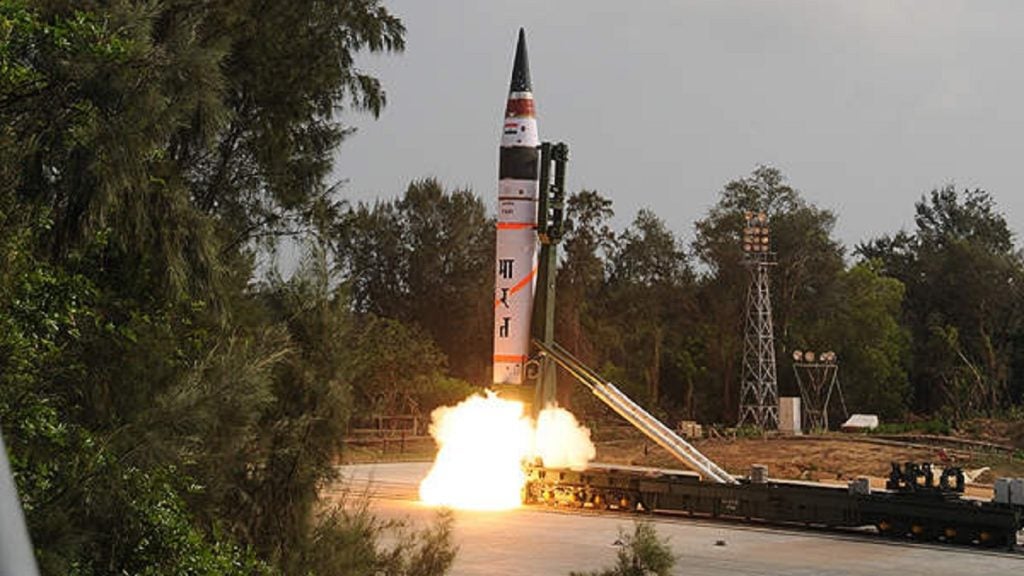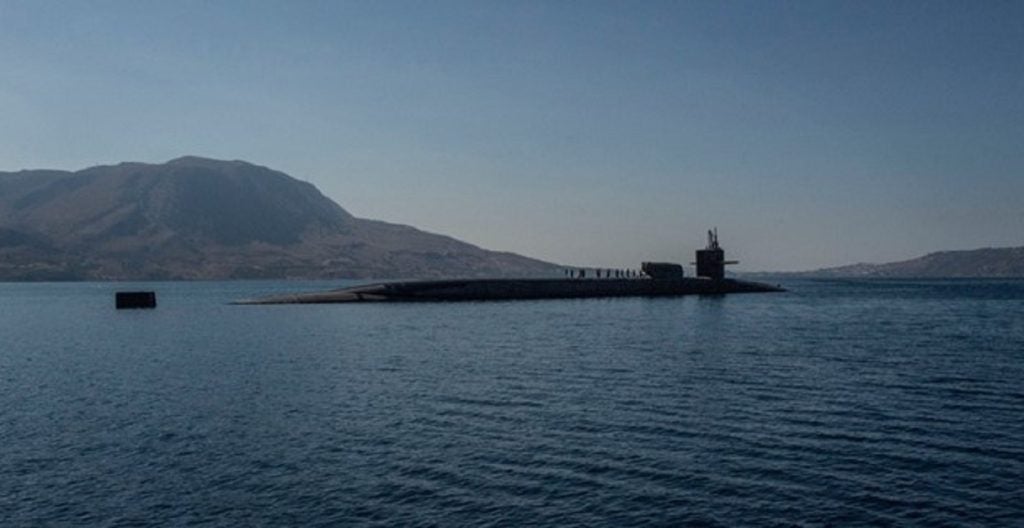
Si vis pacem, para bellum, loosely translated from Latin, means ‘if you want peace, prepare for war’ – or, perhaps more appropriately, during the Cold War and increasingly in the present day: if you want peace, stockpile weapons for mutually assured destruction.
The old adage has its roots in Ancient Rome, where the most effective weapon was the Gladius – a short sword designed for stabbing. It has stood the test of time, through the Napoleonic era and into 2020, in a world where old Cold War adversaries the US and Russia turn their backs on international nuclear treaties, and leaders in Europe look to build their own deterrent.
The UK is building new submarine-launched ballistic missile (SLBM) submarines and French President Emmanuel Macron has touted the need for a new European deterrent, to some German support. Meanwhile in Russia Vladimir Putin continues to build new nuclear weapons and China continues to avoid being drawn into treaties. It appears 2020 is the year the nuclear deterrent is back in fashion.
US modernisation efforts
In its FY21 budget request the US Department of Defence (DoD) outlined expansive plans to upgrade its deterrent triad, with costs around $29bn. The sum doesn’t include additional funding needed for the Department of Energy’s involvement.
Outlining the budget, US officials made abundantly clear that modernisation of the country’s nuclear arsenal was high on the department’s agenda, adding that deterrence is the cornerstone of every US operation around the world. The $29bn set aside for nuclear modernisation funds all corners of the triad including air, land and sea, and covers funding for new submarines, intercontinental ballistic missiles (ICBMs) and bomber aircraft.
“Defending the homeland is the number-one priority in the National Defense Strategy,” said Vice Admiral Ron Boxall when briefing reporters on the budget request earlier this year. “Our nuclear deterrent underwrites every US military operation and is the foundation of the nation’s defence and defence of our allies. The 2021 budget fully funds and modernises all three legs of the triad with key investments in ground-based strategic deterrent B-21 bomber, the Columbia-class submarine, and nuclear command, control and communications systems.”
How well do you really know your competitors?
Access the most comprehensive Company Profiles on the market, powered by GlobalData. Save hours of research. Gain competitive edge.

Thank you!
Your download email will arrive shortly
Not ready to buy yet? Download a free sample
We are confident about the unique quality of our Company Profiles. However, we want you to make the most beneficial decision for your business, so we offer a free sample that you can download by submitting the below form
By GlobalData“The president was very clear that modernisation of our strategic nuclear forces is priority number one.”
As well as upgrading or replacing the current stock of nuclear weapons, the budget request also covers plans for the DoE to build a new nuclear weapon, following on from confirmation in early February that US had deployed another new low-yield SBLM, designed almost expressly to counter Russia.
In Congress, US Strategic Command Commander Admiral Charles Richard said that the new requests did no constitute the US trying to reignite an arms race with Russia and China, and that claims to the contrary ‘baffle’ him. Richard added that, where possible, the US had let systems run to nearly the very end of their service lives before replacing them on a like-for-like basis.
The proposed upgrade to the US nuclear capability is seen as a main priority for the Trump administration, as Secretary of Defence Mark Esper made clear during a visit to Minot Air Force Base in North Dakota. “The president was very clear to me, to the Pentagon, to the Hill, that modernisation of our strategic nuclear forces is priority number one, so we made it priority number one in our budget, and the numbers should show that,” Esper said.
European deterrence
The US is not the only country busy with nuclear modernisation. In late February, UK Secretary of Defence Ben Wallace confirmed that the country is also planning to replace its nuclear warhead.
In a written statement to Parliament, Wallace said: “To ensure the government maintains an effective deterrent throughout the commission of the Dreadnought-class ballistic missile submarine, we are replacing our existing nuclear warhead to respond to future threats and the security environment.”
Work on this new warhead is separate to the US project but will likely cross over in a number of areas, including to maintain compatibility with the Trident missile system.
France has also joined the new nuclear deterrent race. Speaking at the L’École de Guerre in Paris, French President Emmanuel Macron said: “The Europeans, and ourselves, cannot ignore these broad trends at a time when other powers are engaged in rearmament programmes, including nuclear rearmament and when, over the last years, we’ve seen an acceleration in these programmes.
“In this regard, the current nuclear multi-polarity can in no way be compared to the main approach of the Cold War. Unlike France and its allies, some states are knowingly opting for opaque and even aggressive nuclear postures, which include a dimension of blackmailing or seeking fait accompli. The deterrent-based power balances have thus become unstable.”
“Europeans must collectively realise today that without a legal framework, they could quickly find themselves at risk of another conventional and even nuclear arms race on their soil.”
With the US stepping up its nuclear modernisation efforts, and work on Russia and China’s arsenals well underway, Macron warned that Europe could no longer be a spectator merely watching from the side-lines.
As nuclear arms treaties begin to lapse, Macron wants Europe to take an active role in the development of new nuclear treaties. Last year Russia and the US withdrew from the Intermediate Range Nuclear Forces (INF) treaty, and since then the US has made a number of signals that it will let New START lapse next year, leaving countries to free to develop and manufacture more nuclear weapons.
“Europeans must collectively realise today that without a legal framework, they could quickly find themselves at risk of another conventional and even nuclear arms race on their soil,” Macron said. “They cannot stand by. Turning back into a field of confrontation for non-European nuclear powers would not be acceptable. I won’t accept it.”
Despite this, Macron also signalled his intentions to put France at the heart of a European nuclear deterrent force, with the country’s sea and air-based deterrent strike force at the core of a European sovereign safety net. Calling for Europe to have a seat at the table in future dialogues, Macron said that the continent could sleepwalk into finding itself caught in the middle of an arms race once more.
Macron has long sought to strengthen Europe-wide defence capabilities, in the past claiming that NATO was ‘braindead’. As such it is perhaps no surprise that he envisions France’s nuclear forces taking the lead in a wider European-lead conversation on deterrence.







